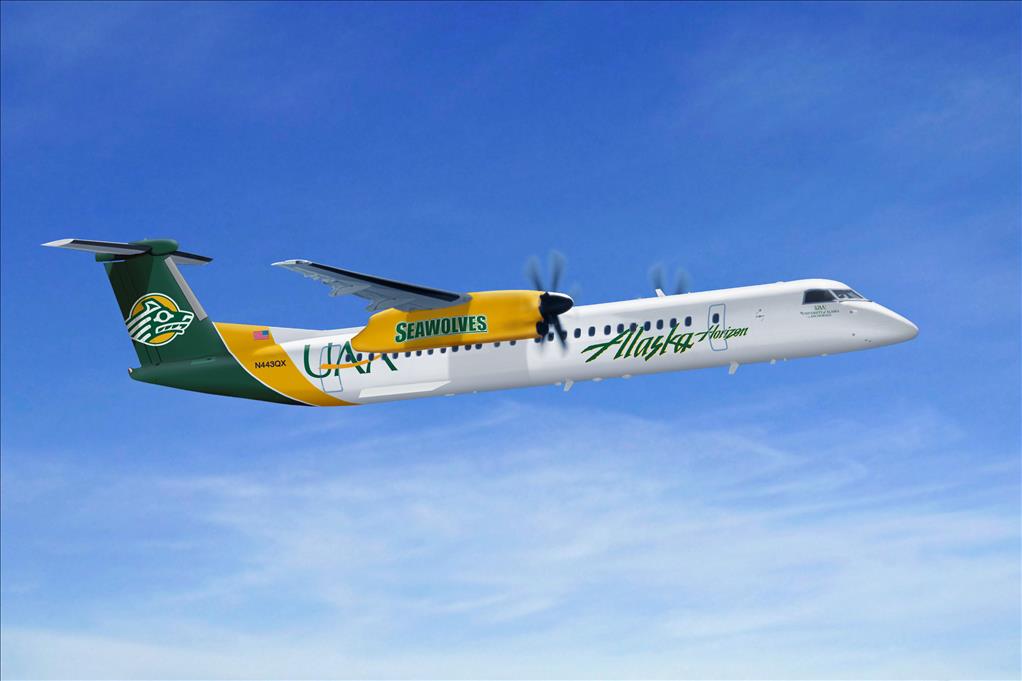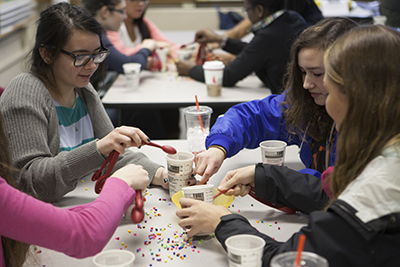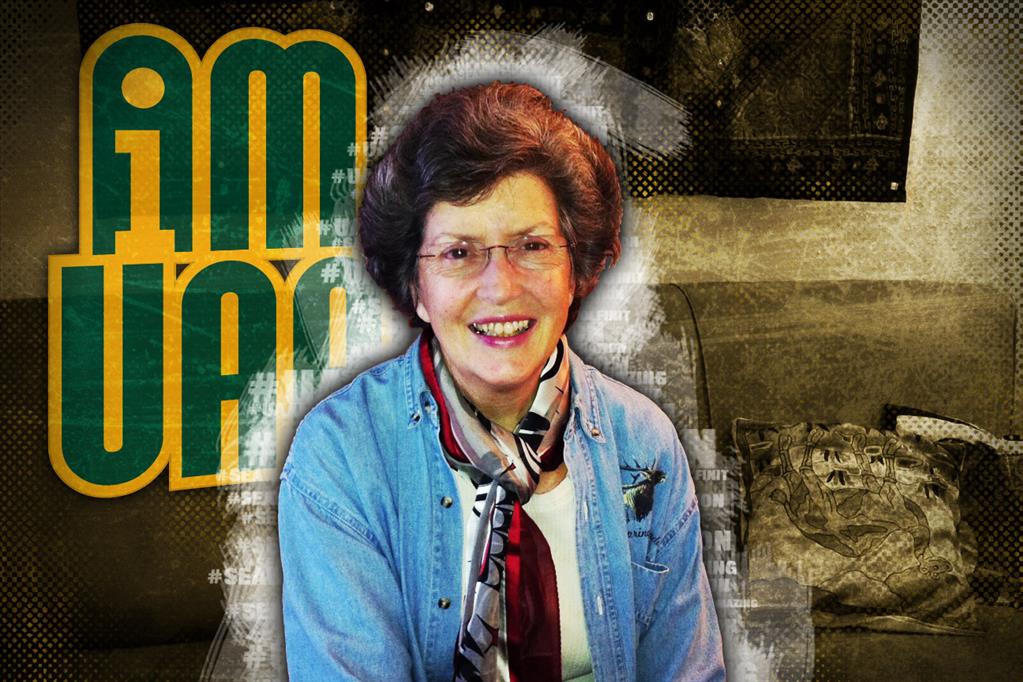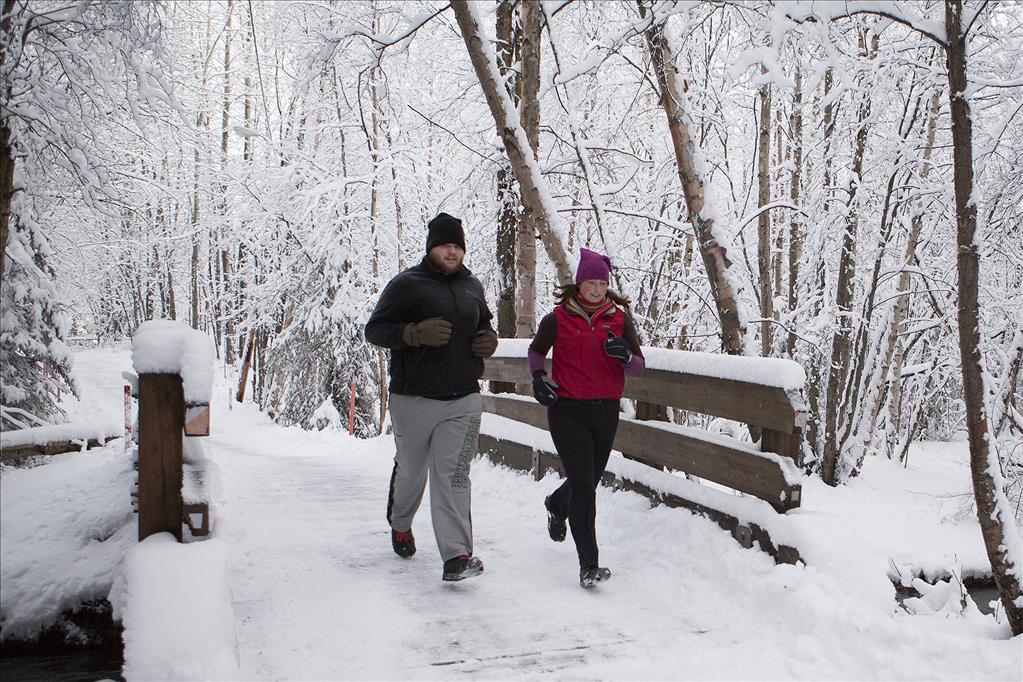Thesis defense: 'Post-weaning and hibernation dynamics of the cecal microbial communities of arctic ground squirrels,' May 6
by Michelle Saport |
Monday, May 6, 1 p.m. ConocoPhillips Integrated Science Building, Room 120
Tim Stevenson, graduate student in biological sciences, will defend his thesis, "Post-weaning and hibernation dynamics of the cecal microbial communities of arctic ground squirrels." The graduate committee is comprised of co-advisors Khrys Duddleston and Loren Buck, and Don Spalinger.
Abstract: Arctic ground squirrels exhibit an endogenous annual cycle characterized by extreme changes in metabolism, feeding, gut morphology and body temperature, all of which may impact or be impacted by their gut microbial community. The objectives of Stevenson's thesis were to determine and characterize 1) the effects of hibernation on the gut microbial community 2) trends in the gut microbial community across the active season and 3) the differences between intra and inter-litter variation in the gut microbial community of arctic ground squirrels. Stevenson characterized the diversity, density and metabolic activity of the cecal microbial community at key physiological time points across the annual cycle of the arctic ground squirrel. During hibernation, the cecal microbiota of squirrels were lower in microbial diversity, density and viability, and differed in relative abundance of dominant community members as compared to the active season. Analysis of cecal short chain fatty acid (SCFA) concentrations revealed functional differences in the gut microbiota: during hibernation the microbiome had lower metabolic activity and a shift in the dominant fermentation pathway as compared to the active season. Characteristics of the gut microbial community more closely resembled the hibernation community in the three days following the end of heterothermy. Across the active season, variance in gut microbial diversity among squirrels was high but most similar among littermates, indicating a strong effect of maternal or genetic influences at all sampling periods except weaning. Bacterial density, viability and metabolic activity were highest during the pre-hibernation fattening phase suggesting a possible facilitative role of the gut microbiota in fattening. Lower bacterial density, viability and SCFA concentrations at the end of the active season suggest anticipatory alterations in the gut microbial community precede hibernation though the mechanism remains unclear. Results indicate diversity, density and activity of the gut microbiome are reflective of host physiological state and season, and that maternal or genetic influences have a greater effect on the gut microbial community than host physiology during the active season.
 "Thesis defense: 'Post-weaning and hibernation dynamics of the cecal microbial communities
of arctic ground squirrels,' May 6" is licensed under a Creative Commons Attribution-NonCommercial 4.0 International License.
"Thesis defense: 'Post-weaning and hibernation dynamics of the cecal microbial communities
of arctic ground squirrels,' May 6" is licensed under a Creative Commons Attribution-NonCommercial 4.0 International License.














